How to save weight on your road bike
The weight of bikes has always been a reference for the road cyclist, eager to have a machine as light as possible to facilitate climbing. In recent years, it is a factor that brands have put on the back burner. However, for the cyclist it is still an aspect to look for. We explain how to make your bike as light as possible.
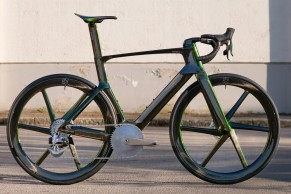
Put your bike on a diet
Over the last five years we have seen how road bikes have undergone an intense evolution: disc brakes, internal wiring, aerodynamic shapes, high profile wheels... all to look for more integrated and wind efficient bikes. However, all this has led, as collateral damage, to an increase in the average weight of bikes.
If about a decade ago we had reached the situation where bikes approaching the 6.8 kg limit set by the UCI were common, even in competition mechanics were forced to ballast the bikes to reach the minimum weight. All this has become history with the current bikes that, even in top-of-the-range models, often exceed 7 kilos and in medium-range assemblies go around 8 or more.
RECOMENDADO
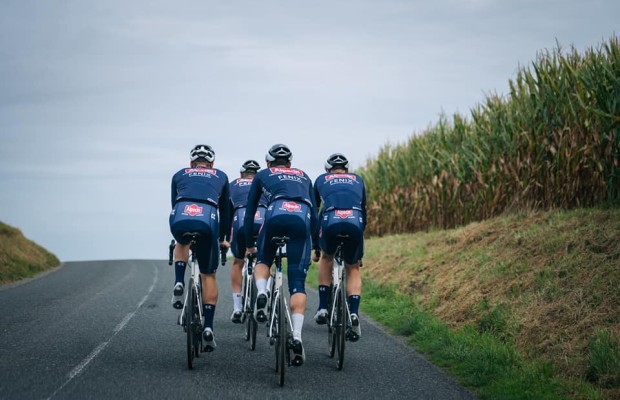
The cyclist's patience: how long, gentle training sessions build your best season

Tips for cycling in the rain

25 cycling gifts ideas to get it right

When do helmets have to be changed? Do they have an expiration date?

Some reasons to stay away from the road in winter

The best apps for cycling and mountain biking
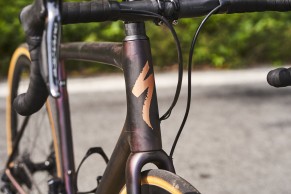
For the lifelong cyclist, who for years has sought the lightest assembly, this has been a kind of trauma despite the fact that brands have tried by all means to convey that the weight of the bike hardly varies in performance, especially when the average cyclist usually has several kilos to spare. They have also not been very successful in conveying the importance of aerodynamics, which for the vast majority is little less than witchcraft.
Although the gain provided by the weight reduction in the bike hardly has relevance in terms of performance, it does make a noticeable difference in the bike's reactions, its driving agility and the ease of facing rhythm changes.
If we want to reduce the weight of our bike we have several points where we can act, despite the fact that current models, due to the trend towards integration, leave less and less room to play, although we have to be clear that if our bike is a super aerodynamic model it will be difficult to go below a certain figure.
Groupset
Obviously it is one of the points that most marks the final weight of the bike after the frame. However, nowadays changing to a superior groupset is usually more complicated due to the prices that are handled in aftermarket sales. Anyway, the difference between, for example an Ultegra and a Dura-Ace barely exceeds a hundred grams and yes it is important if we quantify the expense.
Wheels
Without a doubt, the key part of the bike, the one that most defines its behavior and where we can improve the most, especially if we start from the series models that are usually mounted in medium ranges: resultones but, in general, quite heavy.
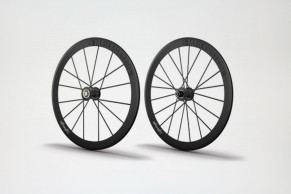
Changing wheels involves a significant investment but the gain in dynamism is also great. We have to take into account when choosing new wheels that the higher the profile, the greater the weight so if we want to prioritize this parameter we will not be able to choose very high ones, let's say the limit would be 45 mm, a figure in which a good compromise between aerodynamics and weight is achieved. You can see some of the best options on the market in the article we prepared a few days ago on this subject.
Tires and tubes
Although tubeless is gradually being imposed on bikes of a certain level, if we want to prioritize lightness the system of tube and tire is still the best option, mainly due to the greater lightness of the tires that do not have to have the carcass so reinforced nor count on the insulation to retain the air of the tubeless.

Some light tires with a contained balloon, 700x25c is the minimum that is mounted today. Although we can still find 700x23c tires, their use with modern wheels with the widened throat is not recommended as it is more complicated for the sides to seat on the rim. We will nail it if we combine them with some of the modern tubes made of TPU, much lighter than conventional ones and with greater resistance to punctures.
Dashboard
The integration of the components of current bikes makes it difficult to replace the handlebar and stem with lighter models, especially if we want to maintain the aesthetics of the bike. Fortunately, more and more brands take this into account and have steering covers with which to mount conventional models.
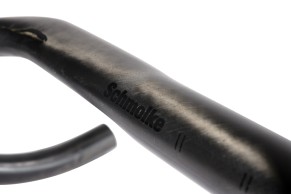
In high-end models the gain by replacing these components will barely be a few tens of grams but if we start from a medium-range bike we can scratch a good figure since, as with wheels, it is usually one of the elements in which brands try to adjust prices.
Saddle
Lightening the saddle can also be a good option, although here we will be conditioned by the aspect of comfort. A lighter saddle is usually achieved by reducing the padding, except in modern models made with 3D printing that combine lightness and comfort in an unimaginable way a while ago.
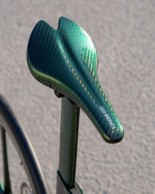
It is important to bear in mind that the comfort of the saddle often depends more on the correct position on the bike and that the shape of the saddle adapts to the cyclist's physique than on the padding itself.
Brake discs
In the market we can find brake discs much lighter than those mounted as standard by the different groups, even some delicacies with floating design with the central part in carbon fiber like the Carbon-Ti that UAE Team Emirates is using.
And you, where do you think weight could be reduced in an efficient way? We read you on our social networks.